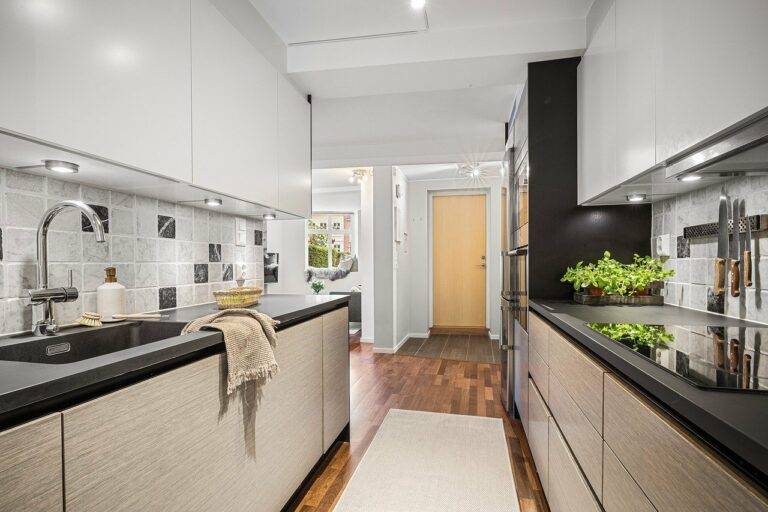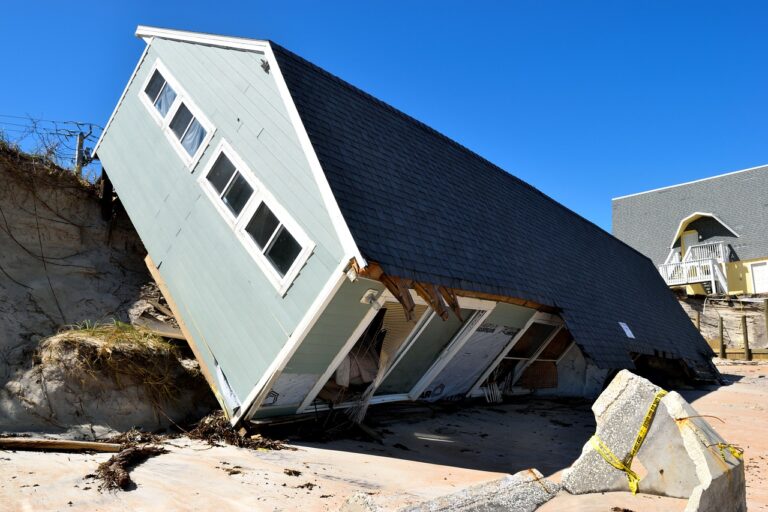Creating Sustainable Outdoor Play Spaces in Home Additions: Natural Materials and Features
betbhai9 com sign up, playexch, gold365win:Creating Sustainable Outdoor Play Spaces in Home Additions: Natural Materials and Features
Do you want to create a sustainable outdoor play space for your kids in your home addition? Using natural materials and features is not only environmentally friendly but also provides a more enjoyable and engaging play area for children. In this article, we will explore how you can incorporate natural elements into your outdoor play space to create a sustainable and unique area for your little ones to play and explore.
Benefits of Using Natural Materials in Outdoor Play Spaces
When designing an outdoor play space for children, it is essential to consider the benefits of using natural materials. Natural materials are not only aesthetically pleasing but also provide a range of benefits for children’s development and well-being. Some of the benefits of using natural materials in outdoor play spaces include:
1. Sustainability: Natural materials are renewable and environmentally friendly, making them a sustainable choice for outdoor play spaces.
2. Connection to nature: Natural materials help children connect with the natural world, fostering a love for the environment and an appreciation for nature.
3. Creativity and imagination: Natural materials encourage open-ended play, allowing children to use their creativity and imagination to explore and create in the outdoor space.
4. Sensory development: Natural materials provide different textures, smells, and sounds, stimulating children’s senses and enhancing their sensory development.
Incorporating Natural Features into Your Outdoor Play Space
Now that we have explored the benefits of using natural materials in outdoor play spaces let’s discuss how you can incorporate natural features into your home addition outdoor play area. Here are some ideas to help you create a sustainable and engaging outdoor play space for your kids:
1. Wooden play structures: Wooden play structures such as treehouses, climbing frames, and swings are classic additions to outdoor play spaces. Opt for sustainably sourced wood to ensure your play structures are eco-friendly.
2. Natural loose parts: Incorporate natural loose parts such as logs, rocks, branches, and pinecones into your outdoor play space. These materials are versatile and can be used in a variety of ways for creative play.
3. Water play area: Create a water play area using natural materials such as a wooden trough or a rock-lined stream. Water play encourages sensory exploration and provides hours of fun for children.
4. Living play spaces: Plant native plants, shrubs, and trees to create a living play space for children. A natural play space with living elements provides a habitat for wildlife and allows children to connect with nature.
5. Mud kitchen: Set up a mud kitchen using old pots, pans, and utensils, along with mud and water. A mud kitchen provides children with an opportunity to engage in messy play and explore the natural world.
6. Natural seating areas: Create seating areas using natural materials such as tree stumps, log benches, or wooden pallets. These seating areas provide a place for children to rest, relax, and observe the outdoor environment.
7. Sensory garden: Plant a sensory garden with a variety of plants that engage children’s senses, such as herbs with different scents, flowers with vibrant colors, and textures for tactile exploration.
Frequently Asked Questions
1. How can I ensure that the natural materials I use are safe for children?
When selecting natural materials for your outdoor play space, make sure to choose materials that are non-toxic, non-splintering, and free from harmful chemicals. Avoid using treated wood or materials that may pose a choking hazard to children.
2. How can I maintain natural features in my outdoor play space?
To maintain natural features in your outdoor play space, regularly inspect and clean the materials to ensure they are safe and in good condition. Keep an eye out for signs of wear and tear or damage and make any necessary repairs or replacements promptly.
3. Can I incorporate natural materials into a small outdoor play area?
Yes, you can incorporate natural materials into a small outdoor play area. Even in a limited space, you can use small plants, rocks, logs, and other natural elements to create a sustainable and engaging play space for children.
4. How can I involve children in the design of the outdoor play space?
Involving children in the design of the outdoor play space can help foster their creativity and sense of ownership. Invite children to participate in the planning process, ask for their ideas and preferences, and incorporate their input into the design of the play space.
In conclusion, creating a sustainable outdoor play space in your home addition using natural materials and features is a wonderful way to provide children with a safe, engaging, and environmentally friendly environment to play and explore. By incorporating natural elements into your outdoor play space, you can promote sustainability, creativity, and a deeper connection to nature for your little ones. So why wait? Start designing your sustainable outdoor play space today!







